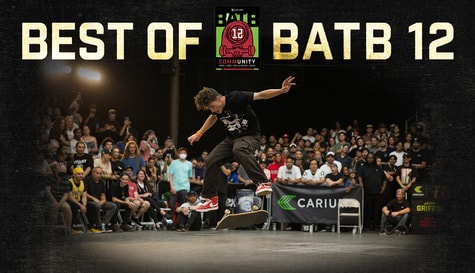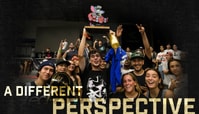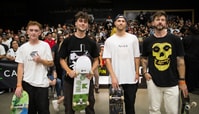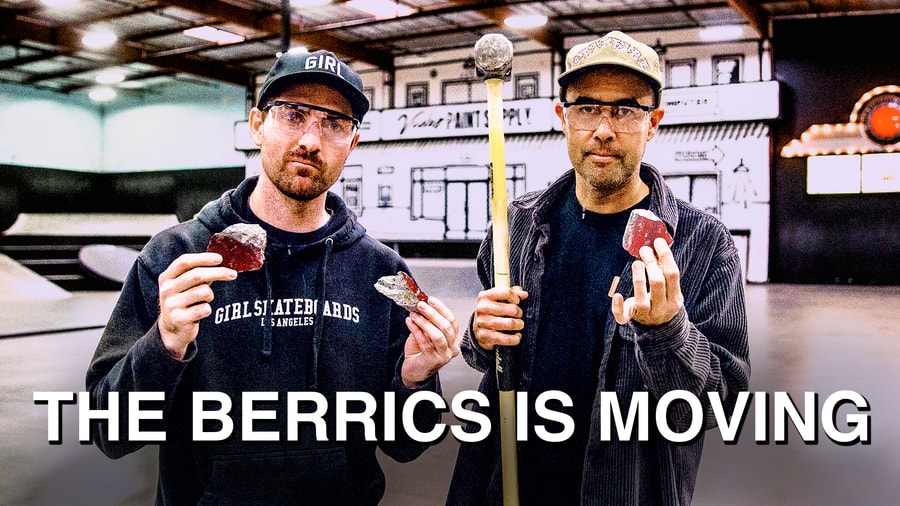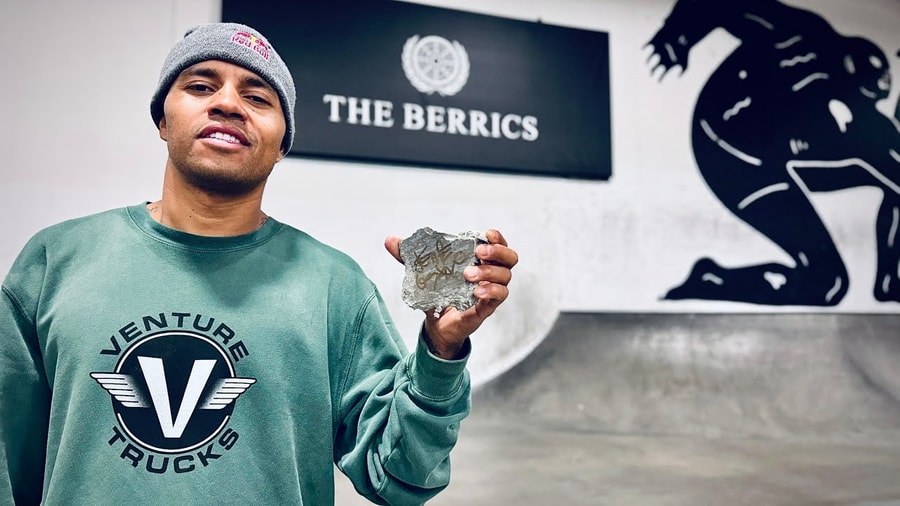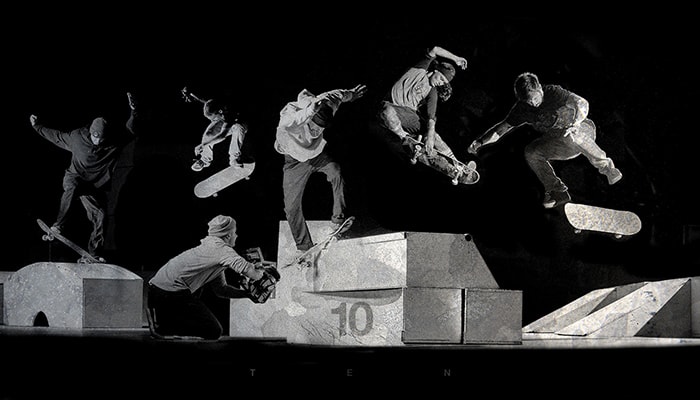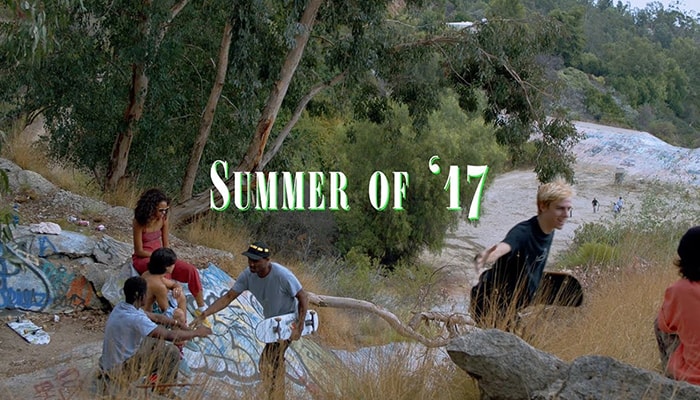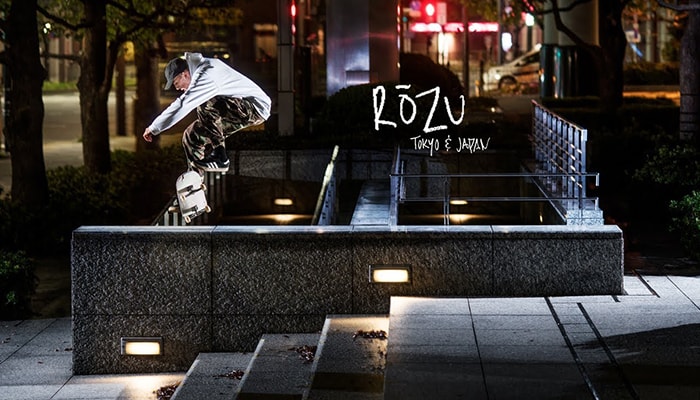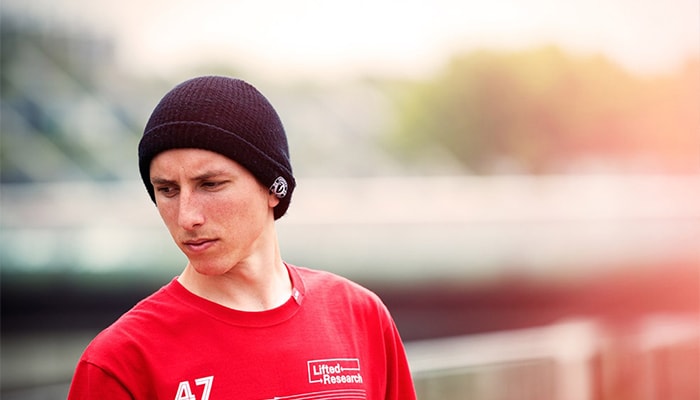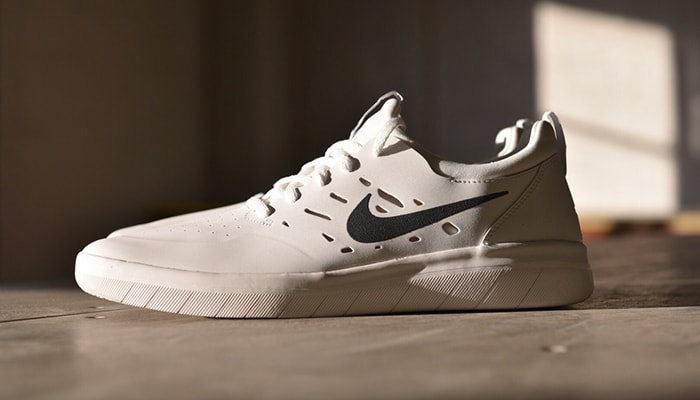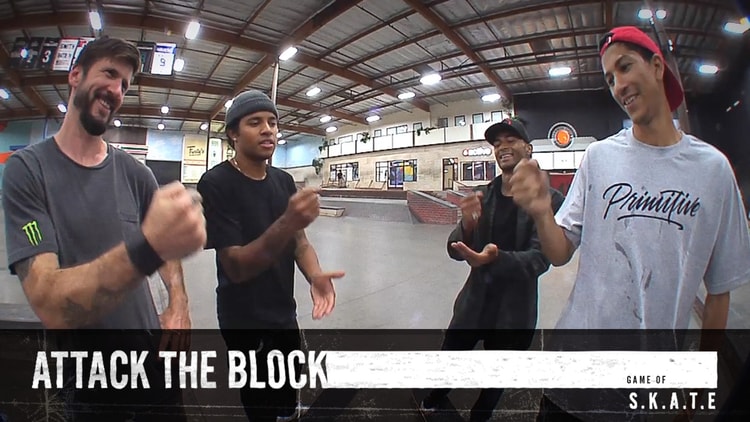THE NEXT NEW WAVE — Paisley – Berrics Magazine

WORDS: Stu Gomez // Art: Sean Cliver
“Disposable: A History of Skateboard Art,” Sean Cliver’s insightful trip down the memory lane, was released in 2004. The book is exhaustive and rich with eye candy spanning generations of skateboards. “Disposable” was a godsend for skateboarding obsessives who owe a sizable chunk of their formative years, in one way or another, to the faceless artists who created these indelible graphics. Five years later, Cliver went deeper with a hefty follow-up tome, “The Disposable Skateboard Bible.” Contrary to its title, this guide to deck collecting is indispensable: it outlines the many methods available to amass a dream collection and it shamelessly recounts the madness that is part and parcel to compulsively searching out long out-of-print pieces of skate history. No stone is left unturned.
The impact of both books was immediate (many editions later, both are still in print). Cliver’s books are masterful catalogs of skate history, but they resonate mainly because, as a revolutionary skateboard artist in his own right, Cliver’s acerbic point of view gives the reader an authentic frame of reference.
Cliver’s portfolio began in 1989, after answering Powell-Peralta’s open-call for artists, with an overwhelming number of incredible deck designs (Ray Barbee’s “Ragdoll” series, for starters) that continued through the ‘90s and beyond with influential work for World Industries, Blind, and 101, among others.
His latest venture, Paisley Skateboards, is a labor of love that honors this raw, experimental period of the skateboard industry. Cliver founded the company with artist Paul Urich in 2015, enlisting PS Stix to manufacture Paisley’s first run. Their first two decks—inspired by early-‘90s shapes—were released the following November, and they sold very well (one sold out within hours). Cliver and Urich immediately reinvested their earnings from this successful debut run and kept the company rolling along. Today, Paisley releases regular product drops, collaborating with amazing artists to develop decks, shirts, and must-have sticker packs.
One of the key features that differentiates Paisley in today’s somewhat congested hardgoods market is its dedication to hand silk-screening. The way Cliver describes the company’s ethos, it more or less started out as a sort of “art project”: “[We were] just seeing if we could make some quality boards with fun graphics printed the old-fashioned way.”
The industry’s move towards heat transfers in the late-‘90s was an economic no-brainer: gone was the assembly-line process of multiple color passes. All that needed to be stocked were the individual heat transfer sheets; the need to store excess printed decks was eliminated for the most part—just print to order. This major shift in deck production was instantly noticeable to many—the heat transfer process “just looks and feels too ‘toy store’ to me,” Cliver says—but companies depended on this process for their bottom lines, so this has been the norm for nearly two decades.
“I grew up on the screen printing method and have always liked the look, feel, and ride way better,” Cliver says. “However, I definitely didn’t want us to be known as a ‘wall hanger’ company.” These boards are meant to be skated; Cliver and Urich didn’t want Paisley to be just another in the long line of “limited edition” boards being cranked out to capitalize on the growing collector craze (to paraphrase Jerry Seinfeld, these boards are usually “limited” to how many the companies can can sell).
Paisley began to cultivate a following in 2016 after consistent releases gave their potential audience a fuller picture of the brand’s point of view, which is to say they lived up to their original goal—fun graphics and quality boards—in a big way. Paisley’s concepts and influences are as diverse as serial killers (a recent grab bag assortment of infamous murderers were lovingly portrayed with the saccharine backdrop of a child’s birthday party); an homage to Tom of Finland art (with those crotch outlines just asking to be racked); and America’s sordid history of exploitation and the misplaced liberation theology of the ‘60s hippie movement (Patty Hearst/SLA graphics and “Bird in a Bush,” for example).
A future Paisley series, “Flower Wimps,” takes their hand silk-screening fetish to the extremes with a no-profit-margin 14-color screen print (done by the printing goliath, Screaming Squeegees). The absurdity of the series’ theme is proportionate to the costliness of the execution. “We enlisted Dave Carnie and Todd Bratrud to creatively interpret some lyrics from The Smiths,” Cliver says. “Mine involves a certain vicar in a tutu.”
In addition to the attention to detail that Cliver and company lavish on every board design, customers who order directly from Paisley’s online store are treated to some unexpected personal touches. You might receive a handwritten thank you note or, say, an original Cyndi Lauper “She’s So Unusual” LP cassette in your package. But even as Paisley continues to grow, and the orders become a constant, never ending stream, Cliver vows to maintain these many idiosyncrasies that make the brand so special.
“We recently did upgrade our fulfillment situation,” Cliver says, “but I hope to keep these personal touches alive and well.”
Interview below:
How long have you been operating Paisley?
Paul Urich and I founded it on a shoestring budget back in the summer of 2015 and our first two decks were released that November. On Paul Schmitt’s good graces we were able to get a toe in the manufacturing door at PS Stix, so we did a couple shapes inspired by the “early ‘90s” era and then had them screen-printed at Sleeping Skull. Fortunately these both sold very well—one actually sold out in just a couple hours—so we were able to reinvest the profits and keep the company rolling… otherwise it would have been a very short-lived venture indeed.
How has the company grown since you released the first run of decks?
When we first started out it was kind of an “art project” of sorts… just seeing if we could make some quality boards with fun graphics printed the old fashioned way via hand silk-screening. This is a way more costly process than the heat transfer norm of nowadays, but I grew up on the screen-printing method and have always liked the look, feel, and ride way better… something about the heat transfer process just looks and feels too slick and toy store to me. However, the one thing I definitely did not want was to be known as a “wall hanger” company; first and foremost I wanted to produce boards for skating. It seems like far too many companies are making boards now that aren’t necessarily meant to be skated anymore, capitalizing and cashing in on the nostalgia/collector craze of the past decade with all this “limited edition” nonsense. Anyway, we did several more small releases throughout 2016 and started to cultivate a real following of sorts. This of course lead us to taking things more seriously in the business sense although not so seriously that we don’t still shoot ourselves in the foot by producing boards requiring 14 silk-screened passes. I have a near self-destructive penchant for doing the things you’re not supposed to do, so it’s nice to be partnered up in a company that allows me such silly indulgences. Admittedly, this has hampered our ability to gain any real traction with international distributors, because our wholesale margins are so tight—or in some cases non-existent—that we just can’t meet their minimums. So we have, on a few instances, cut our line with a few heat transfer decks at the request of skate shops looking for a more “attractive” price.
When I received an online order from Paisley, it came with a Cyndi Lauper tape. I thought this was a rad personal touch. Is this typical? What are some examples of surprise gifts that have been sent with orders?
Apparently Paul used to respond to mail received at Acme when he was sponsored by them in the ‘90s, so I think this was a fun extra-curricular thing for him to do amid the cardboard tedium of boxing and shipping. I know he had a surprising amount of “cassingles” laying around the HQ in San Francisco that he would toss in on occasion, but he was always really good about including a personalized note of thanks along with a grip of stickers for anyone who ordered direct off the website. We did recently upgrade our fulfillment situation, but I still hope to keep these personal touches alive and well.
What have been some of your influences for the recent serial killers and Patty Hearst/SLA graphics? (Maybe the answer is obvious but I’m really interested in how this was developed.)
We’re an oddball for sure when it comes to skate companies… mostly because we don’t have a team of pros to rely on for awareness of the brand. So aside from our love for skateboarding, the only other thing we really have going for us in a marketing sense is the art and graphics. I’ve always been fascinated with the more offbeat, absurd, and awful aspects of this American life—of which there is certainly no shortage—so that’s where the serial killer theme stemmed from. A mutual friend of ours, Nick Halkias, shares a great deal of counter-culture fascination with me, so he’ll throw in his two creative cents from time to time and that’s how we ended up tag-teaming on the Patty/SLA story. The same goes for our “Glenn of Finland” foray as well, which may in fact be my personal favorite graphic that I’ve ever done.
Is there a future Paisley project that you’d really like to be mentioned?
There’s one soon to be released dubbed the “Flower Wimps” series that we enlisted Dave Carnie and Todd Bratrud to creatively interpret some lyrics from The Smiths. Mine involved a certain vicar in a tutu and I have to say that even I was amazed how it turned out—mostly because this was the aforementioned 14-color screen-print atrocity and Screaming Squeegees somehow managed to hold it all together and, quite frankly, knocked it out of the park. I’m sure this will probably be lost on most, but it’s no easy feat to print on the bottom of a deck and it’s great to see this level of craftsmanship achieved on a production process that has practically died out in skateboarding.
Visit PaisleySkates.bigcartel.com for more info


